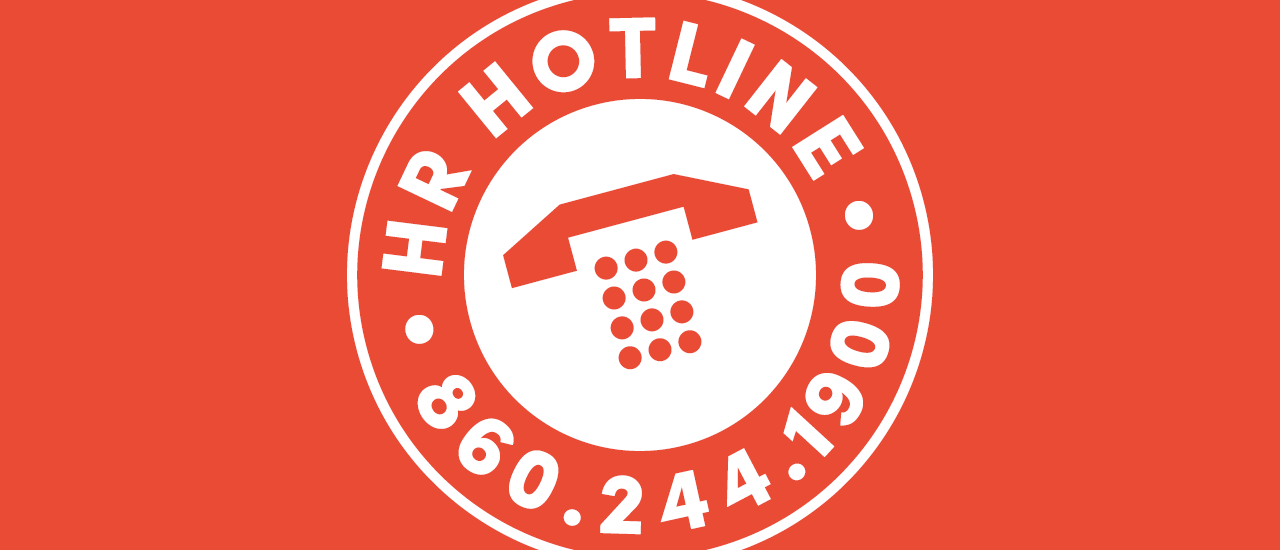HR Hotline: Is a ‘Pink Slip’ Necessary When An Employee Quits?
03.10.2014

HR & Safety
Q: Since an employee who quits a job is not eligible for unemployment benefits, do I have to give him or her a pink slip?
The purpose of the unemployment notice is to advise the separating employee of his or her rights under state employment law and assist unemployment officials in making a determination of eligibility for unemployment benefits. In addition, the Connecticut Department of Labor has increased pressure on employers to submit required information in an effort to increase administrative efficiency and improve the accuracy of eligibility determinations, which in turn will improve the financial solvency of the state’s unemployment trust fund.
Here is one scenario where providing the notice would be particularly important: An employee resigns from your firm and immediately starts another job, making unemployment benefits irrelevant at that time. After a brief period at the new job, however, your former employee is terminated under qualifying circumstances and files for and is awarded jobless benefits.
Because the unemployment system allocates the tax impact of benefit payments to employers in the first four of the last five completed calendar quarters of a claimant’s past work history, your business is notified of a potential charge. If you can establish that the claimant left your job under disqualifying circumstances, i.e., voluntary quit, you can avoid the charge against your unemployment experience rating. A copy of the unemployment notice, which you issued at the time of the quit (noting it was a voluntary quit) and wisely retained in the employee’s personnel file, will be valuable documentary evidence to aid in avoiding the charge to your tax rate.
Another situation to illustrate the importance of issuing the notice: Ordinarily, an employee ruled eligible for benefits begins receiving benefits the week in which he or she files an initiating claim. An employee who delayed filing for several weeks after separating from a job would not get benefits for the intervening weeks between separating and filing. A claimant who was not given the required unemployment notice, however, may be awarded benefits dating back to the week of separation, on the basis that the failure of the employer to provide the required notice left the employee in the dark about the right to file.
Incidentally, people often wonder why an unemployment notice is called a pink slip. Although the conventional wisdom is that the notice had traditionally been printed on pink paper (hence the term), no verifiable evidence of an actual pink slip has emerged, and the origin of the term remains a mystery.
Today’s unemployment notice is neither pink nor a single “slip.” The required notice actually consists of a set of eight full-size pages. The first page: the proverbial pink slip: is filled out by the employer. The remaining seven pages are informational documents for the employee, intended to facilitate processing a claim and assist in an accurate determination of eligibility.
RELATED
EXPLORE BY CATEGORY
Stay Connected with CBIA News Digests
The latest news and information delivered directly to your inbox.



